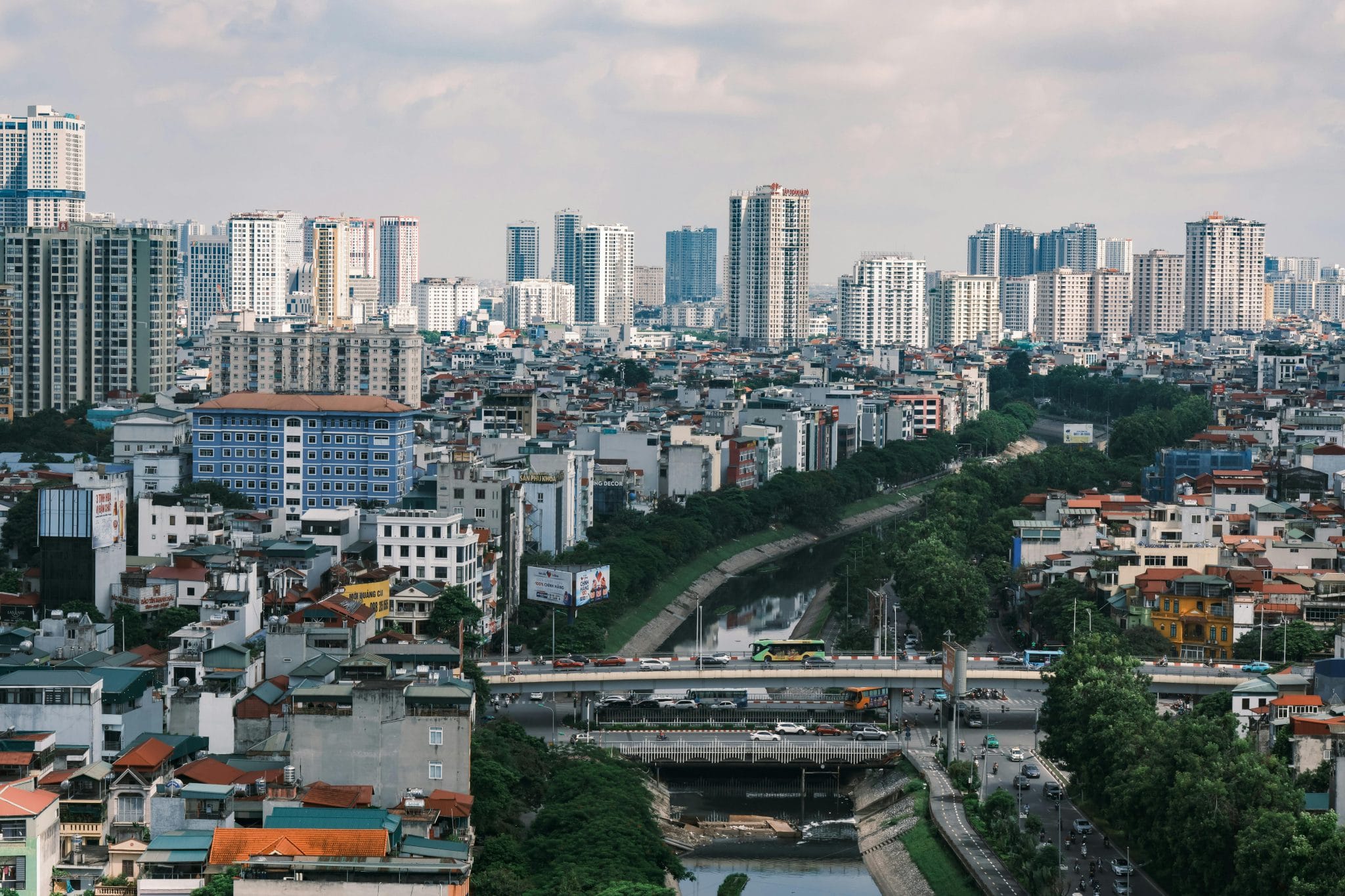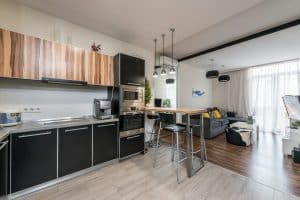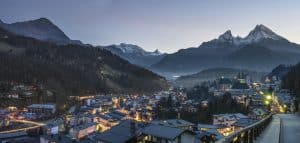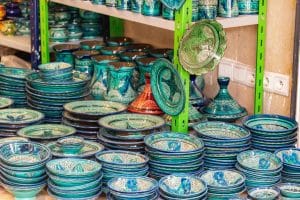Mixed-Use Developments Changing City Landscapes
Over the past few decades, mixed-use developments have been transforming the landscape of cities around the world. These developments, which combine commercial, residential, and sometimes even industrial spaces in a single building or complex, have become increasingly popular as urban areas seek to revitalize and enhance their communities. With their unique design elements, mixed-use developments not only provide a practical solution to the growing demand for space, but also offer a wide range of benefits to both developers and residents. Let’s take a closer look at how these mixed-use developments are changing the city landscape and shaping the way we live, work, and play.
The Rise of Mixed-Use Developments
While mixed-use developments have been around for centuries, their popularity began to peak in the late 20th century. As urban areas grew and became more congested, the need for efficient use of space and resources became increasingly evident. Mixed-use developments provided a solution to this problem, bringing together different functions in one location and creating a sense of community within the city.
Today, mixed-use developments exist in almost every major city in the world. From New York City’s Hudson Yards to Beijing’s Sanlitun Village, these developments have become a dominant force in shaping the city landscape.
Benefits for Developers
For developers, mixed-use developments offer several advantages. Firstly, they can maximize the use of limited urban land, allowing for a denser population and optimizing the use of resources. This also leads to cost savings, as developers can generate a higher return on investment by using the same parcel of land for multiple functions.
Furthermore, mixed-use developments can diversify a developer’s portfolio and minimize risk, as they are not solely dependent on one type of property. This adds stability to their investment and can provide a steady stream of income through different sources.
Another benefit for developers is the increased demand for mixed-use developments in urban areas. With rising populations and an increasing desire for live-work-play environments, these developments have become highly sought after and can drive significant profits for developers.
Benefits for Residents
The benefits of mixed-use developments are not limited to developers – residents also enjoy a wide range of advantages. One of the main benefits is the convenience and accessibility of having everything in one location. From grocery stores and restaurants to offices and residential units, residents can easily access all the essential amenities and services they need, saving time and reducing the need for transportation.
In addition, mixed-use developments promote a sense of community and belonging. With shared spaces and common areas, residents have the opportunity to socialize and connect with their neighbors, creating a more vibrant and cohesive neighborhood.
Furthermore, mixed-use developments often prioritize sustainability and green living. With a focus on walkability and accessibility, residents can reduce their carbon footprint and promote a healthier, more environmentally friendly lifestyle.
The Impact on City Landscapes
Mixed-use developments have a significant impact on the overall city landscape. By combining different functions in one location, they can help to revitalize and reshape urban areas. These developments can also improve the overall aesthetic of the city, with unique designs and vibrant street-level activity.
In addition, mixed-use developments can have a positive economic impact on the surrounding community. By providing job opportunities, attracting new businesses, and increasing property values, they can contribute to the growth and prosperity of the city.
Conclusion
Mixed-use developments are changing the way we think about city landscapes. With their practicality, efficient use of resources, and range of benefits for both developers and residents, these developments have become a popular choice for urban areas looking to revitalize and enhance their communities. Not only do they offer convenience and accessibility, but they also promote a sense of community and sustainability – all while transforming the city landscape for the better.










